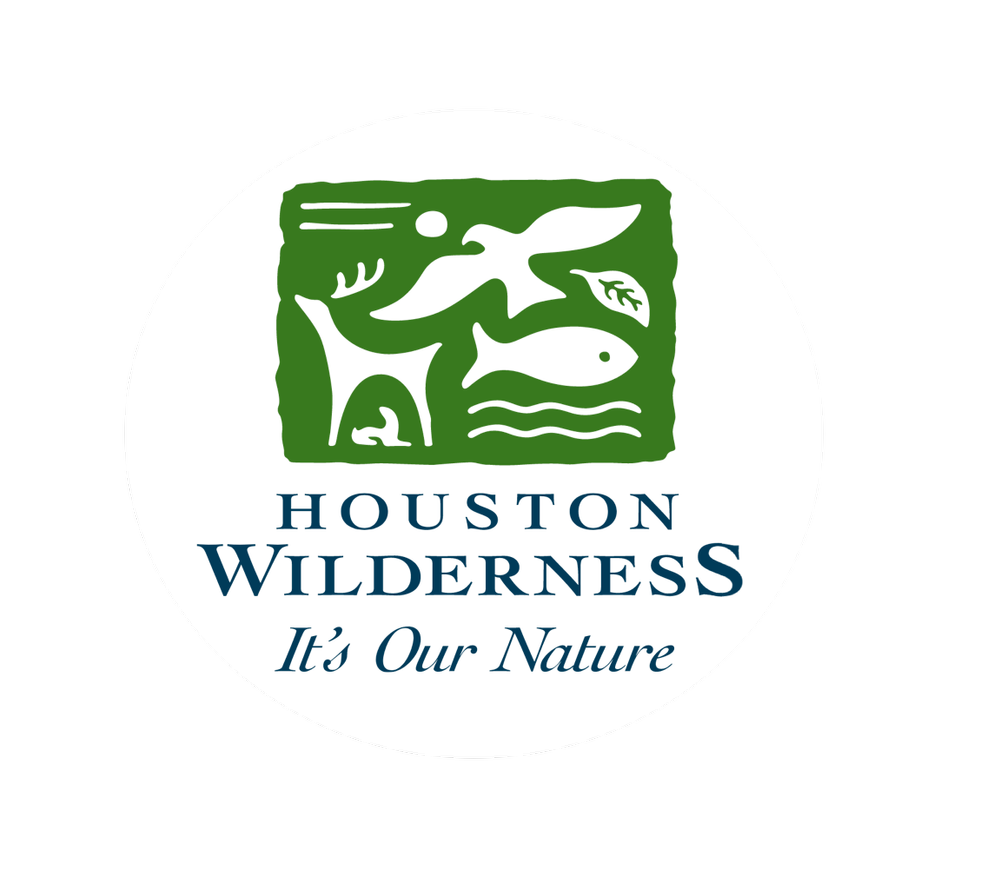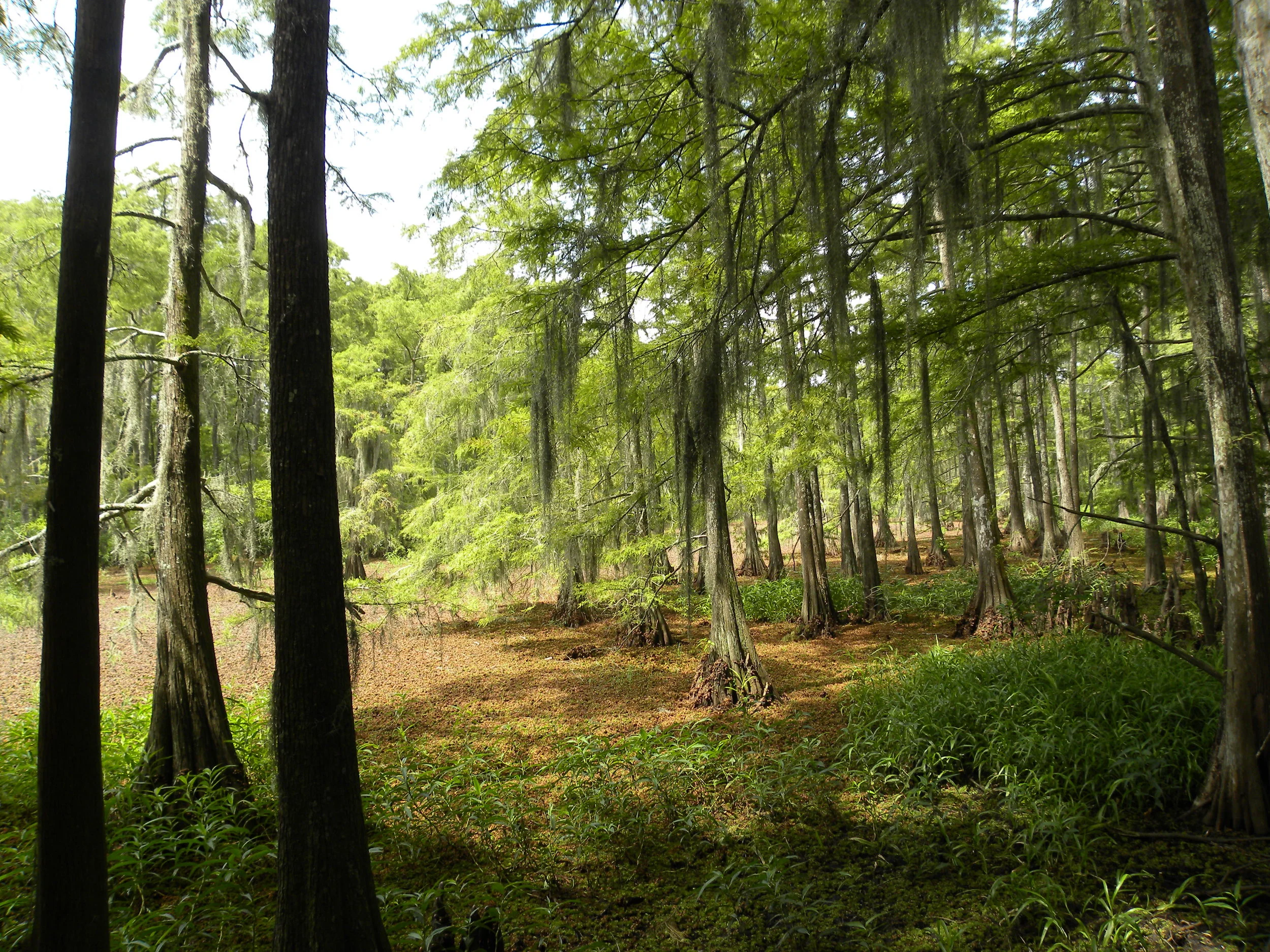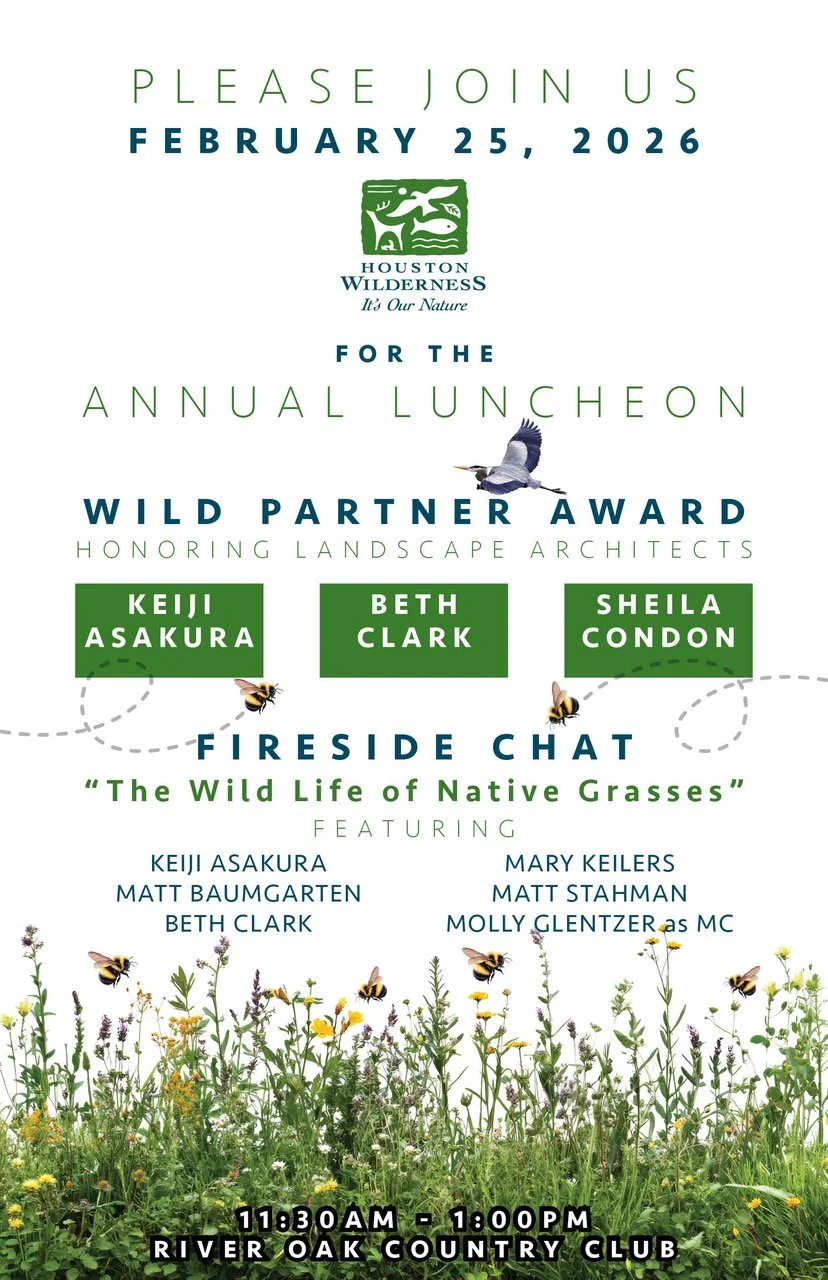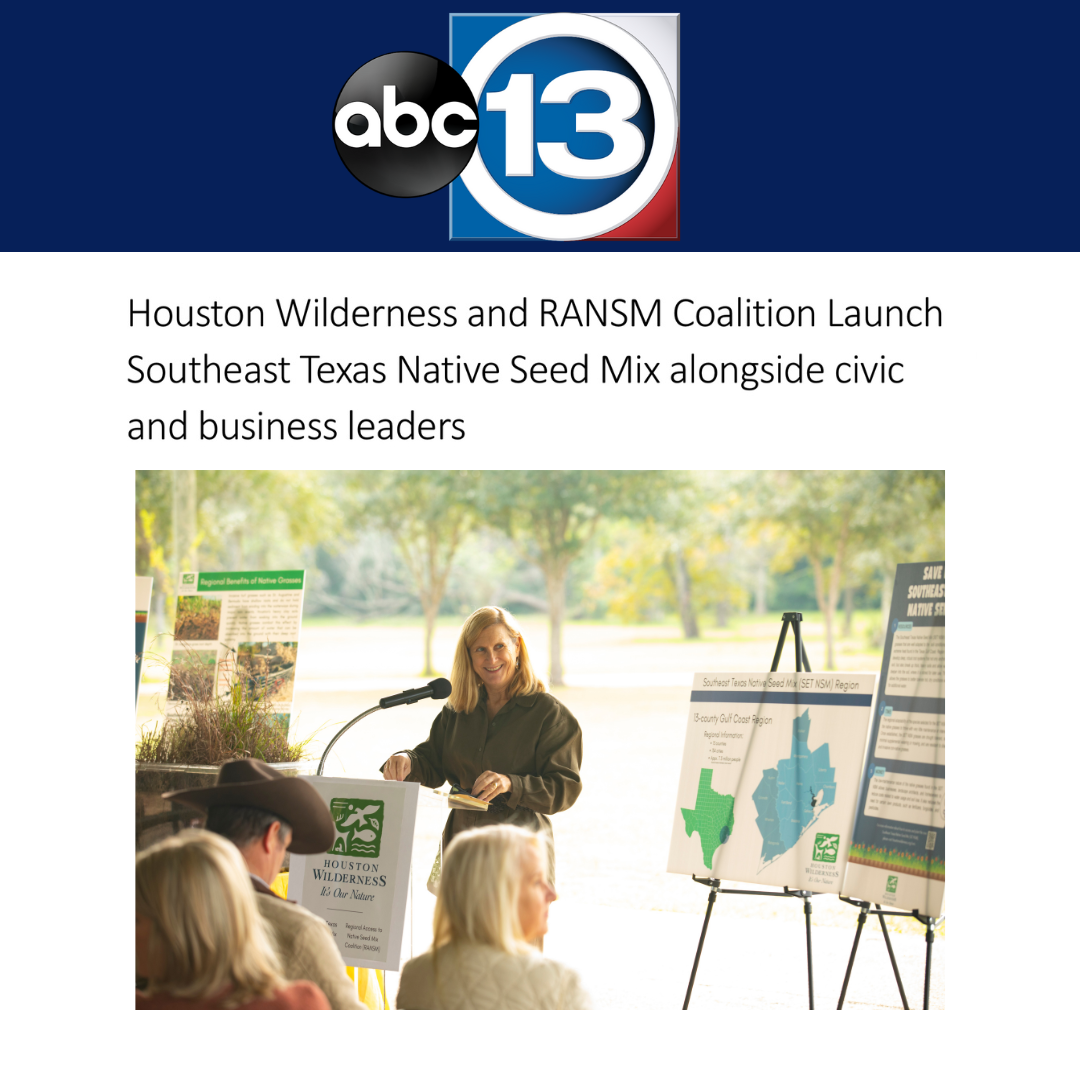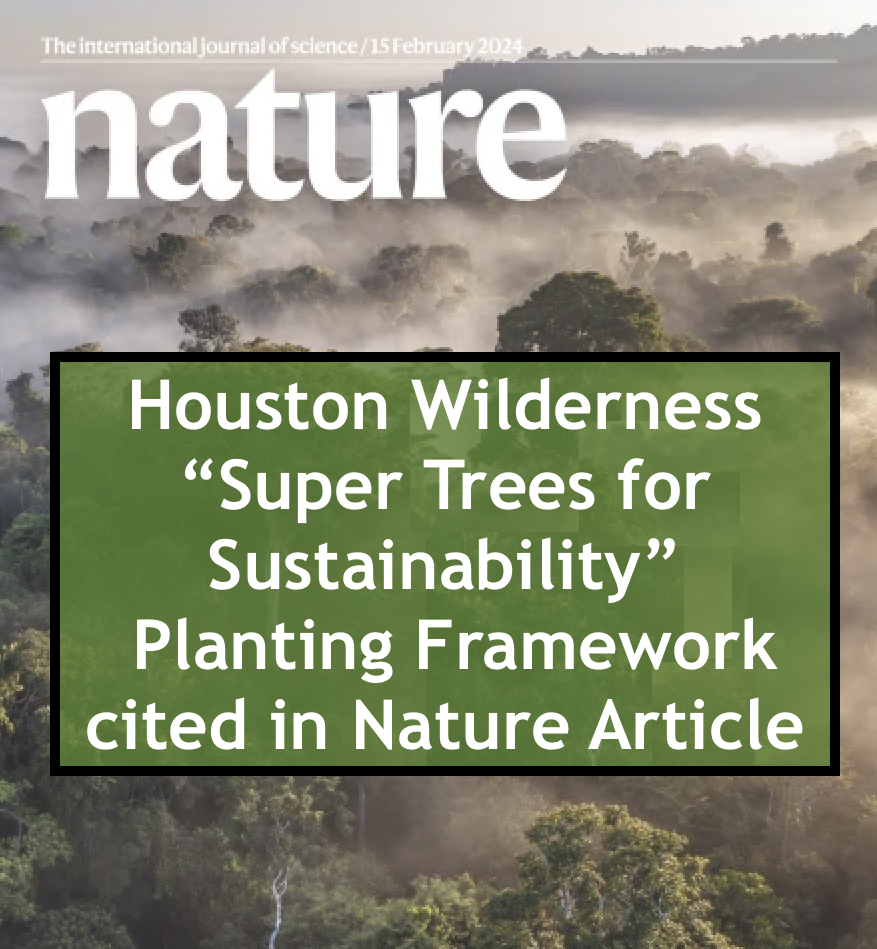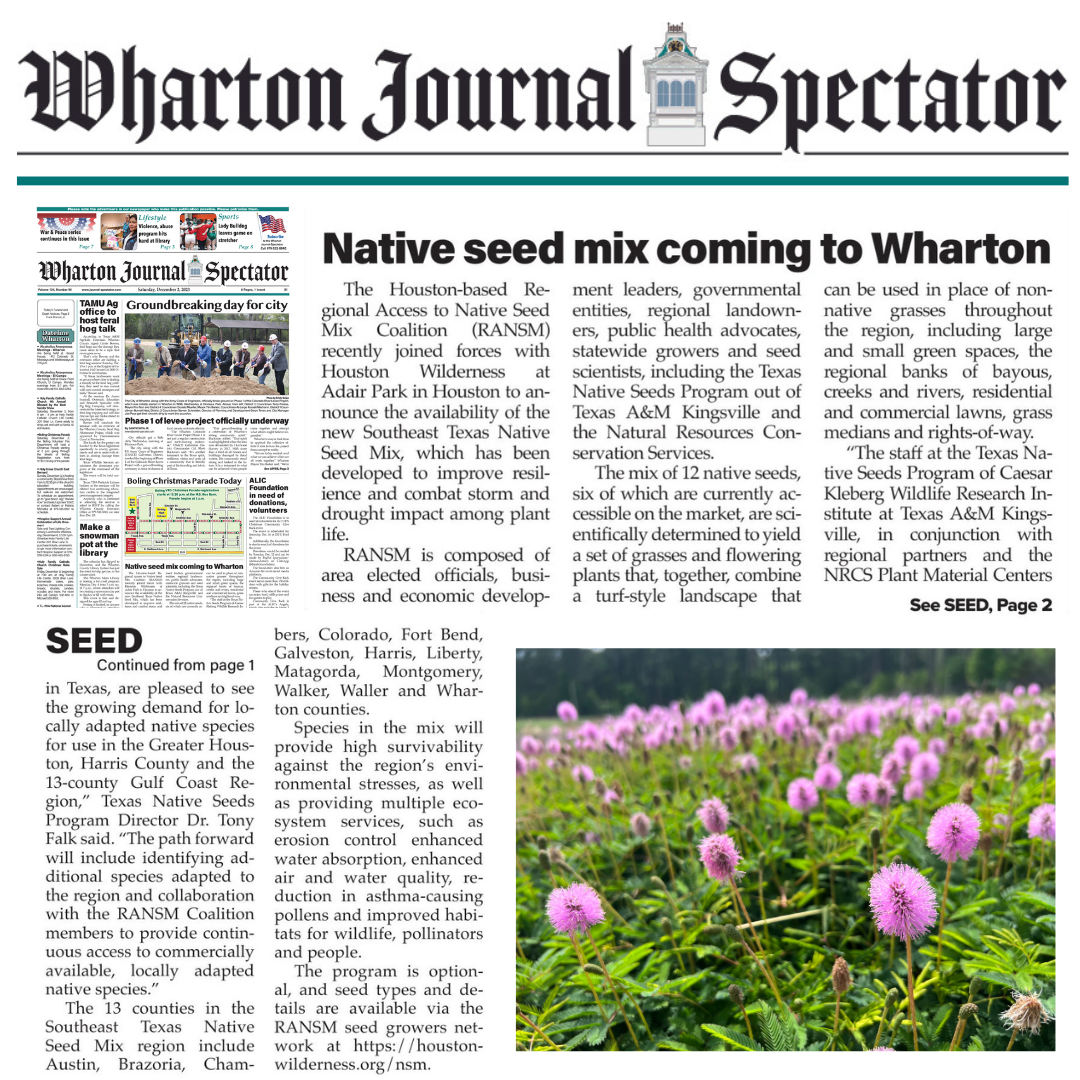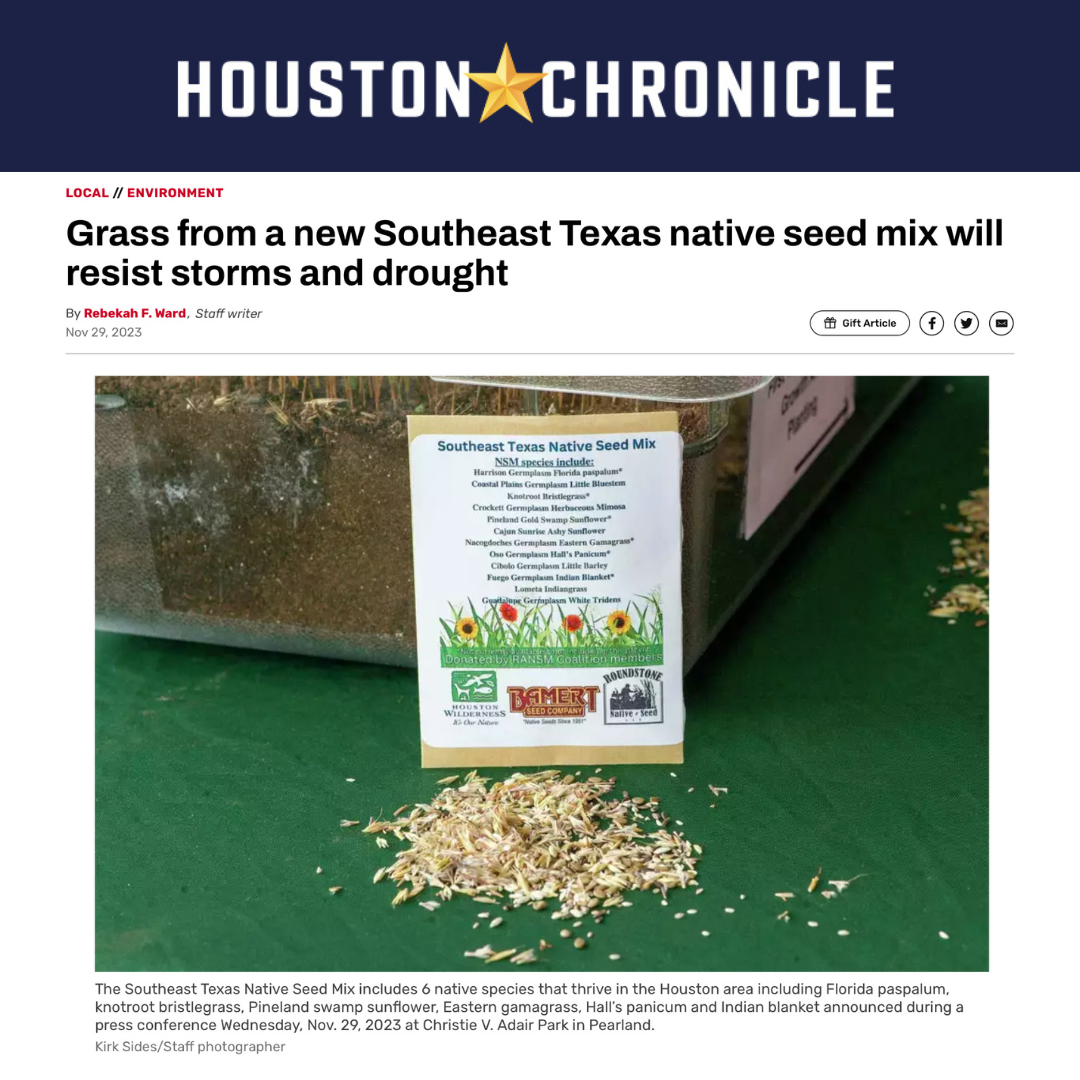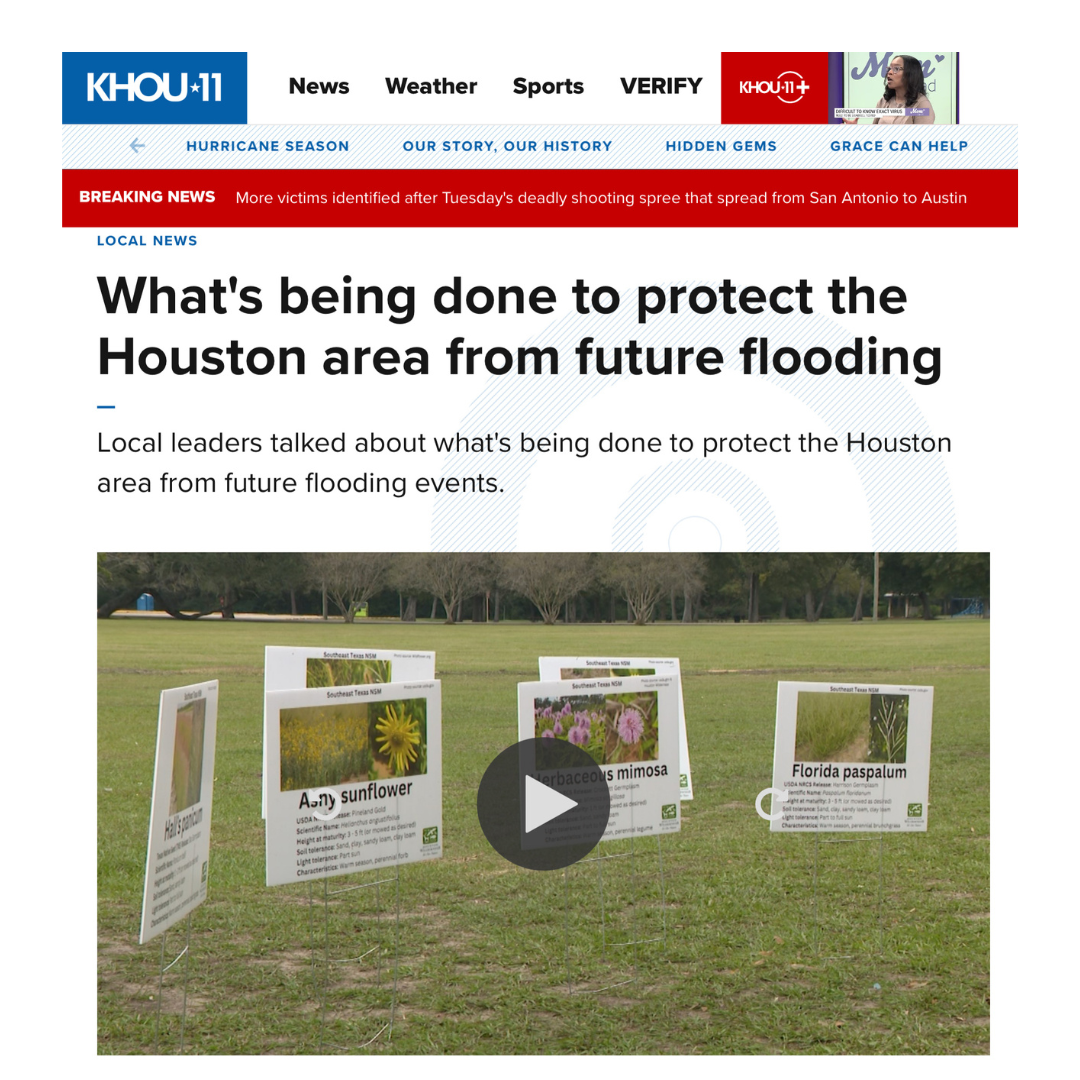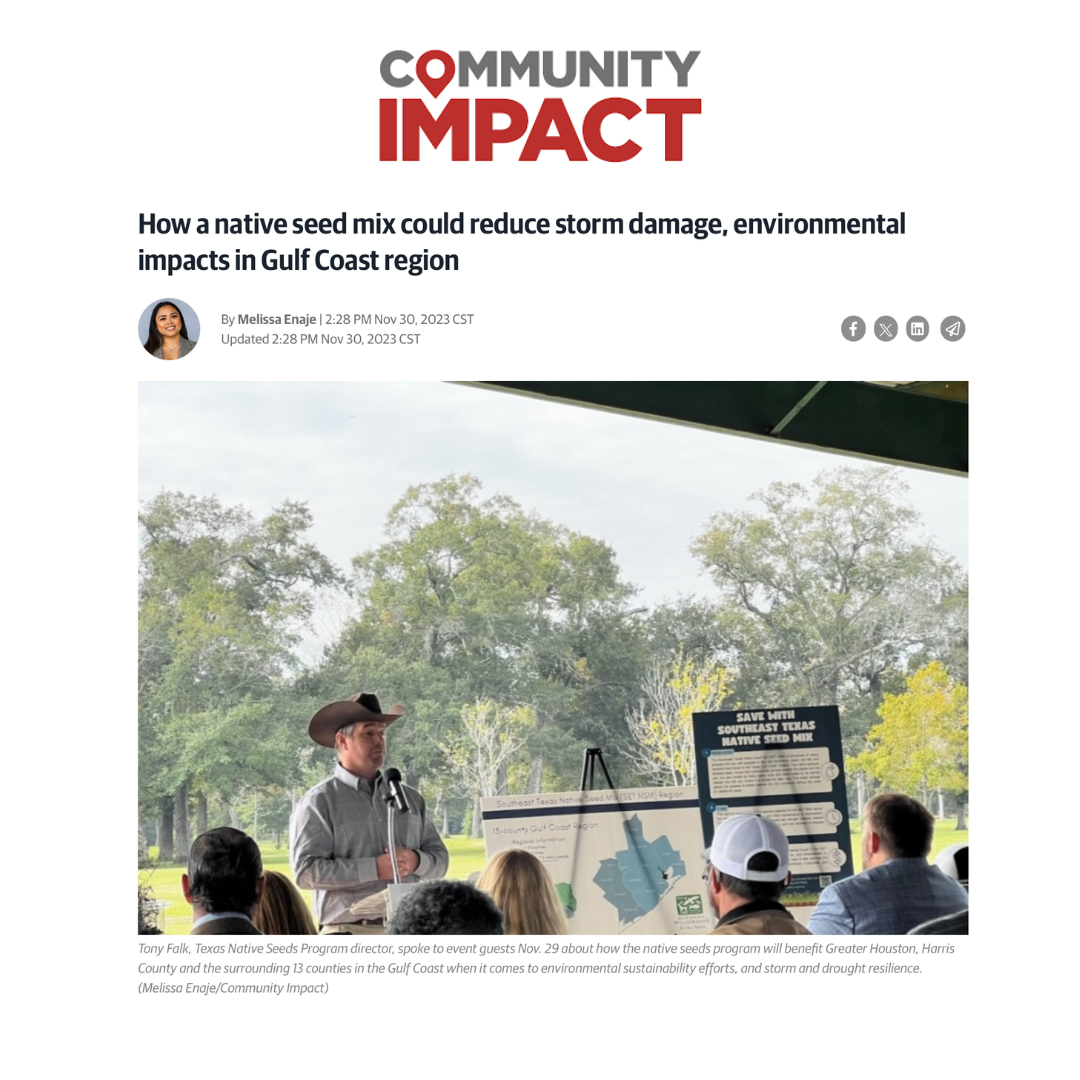TRINITY BOTTOMLANDS
ABOUT THE TRINITY BOTTOMLANDS
Established in 1994, the 25,000-acre Trinity River National Wildlife Refuge is a remnant of what was once a much larger, frequently flooded, bottomland hardwood forest. Visitors are still able to view vast expanses of ridge and swale floodplain features, numerous bayous, oxbow lakes, and cypress/tupelo swamps along the Trinity River. It is one of only 14 priority-one bottomland sites identified for protection in the Texas Bottomland Protection Plan.
The Trinity Bottomlands lie along the Trinity River and the lower reaches of major tributaries. Many reservoirs in the Trinity River Basin have greatly reduced the historical magnitude and frequency of floods in the Bottomlands. The upland areas of the refuge include natural pine and mixed pine-hardwood forest and cultivated pastures.
The refuge’s cypress-studded-lake and bottomland hardwood forest provides important breeding, wintering, and stopover habitat for a variety of migratory and resident wildlife. The Trinity Bottomlands represent the significant breeding habitat of the Wood Duck and perhaps the most important wintering area of the mallard in the Central Flyway.
The U.S. Fish and Wildlife Service lists nearly 50 percent of migratory birds that use this habitat for migration or nesting. Over 275 species of birds occur in the hardwood forest and associated wetlands in eastern Texas; while over 100 bird species are known to breed there. These forests also support a wide diversity of mammals, reptiles, amphibians, and fish including the federally listed Alligator.
Although not fully surveyed, it is estimated the refuge contains more than 650 different kinds of plants, a diversity that offers wildlife places to nest, rest, feed, and raise their young. The landscape supports abundant populations of White-tailed Deer, Coyotes, Bobcat, and an estimated 900 types of Butterflies and Moths and two dozen species of reptiles, including Alligators and Cottonmouth Snakes.
Visitors can boat, bird-watch, hike, hunt, fish and more in the ecoregion.
Other References:
- http://www.carsonphotos.com/skylineoa/files/index.html
- United States Geological Survey (USGS) (link: https://pubs.usgs.gov/circ/circ1171/html/envhyd.htm)
To lean more, download our our atlas chapter on the Trinity Bottomlands.
TRINITY BOTTOMLANDS SITES
Trinity River National Wildlife Refuge
Download Houston Wilderness' List of Ecoregion Sites for information on sites in all 10 ecoregions.
TOP 10 FACTS ABOUT...
THE TRINITY BOTTOMLANDS
1) The Trinity River gained its name from Alonso de León in the late 1600s. Prior to this, small bands of Native American tribe called the Akokisa inhabited the area.
2) In addition to being an important historical area, the current economic and environmental roles of the Trinity River are just as important. Over 22 reservoirs are built around the river and supply a large portion of Houston’s water.
3) The soil order of the Trinity Bottomlands is ultisols. The frequent flooding of the river has left a big mark on the surrounding area, hydrating nearby soils that support the wealth of plants, animals and landscapes that exist in the bottomlands.
4) The Trinity Bottomlands run from southern San Jacinto County to northern Chambers County with the heart of the bottomlands in Liberty County.
5) Species counts extend to nearly 650 plants, 50 fishes, 275 birds, 900 butterflies and moths, 40 mammals and 24 reptiles. In addition, many endangered species have been documented, including the Bald Eagle, Brown Pelican and Arctic Peregrine Falcon.
6) The Trinity National Wildlife Refuge is a wildlife watching hot spot. The Rafinesque’s Big-eared Bat is one of ten bat species found on Trinity River National Wildlife Refuge and it prefers the bottomland hardwood forests. The refuge has an estimated 140 bats form the state’s largest known maternal colony.
7) Champion Lake is a manmade lake, found in the Trinity Bottomlands, has a 150-foot fishing pier where Bass, Crappie and Catfish can be caught swimming in the waters below.
8) Most visitors to the refuge will hear the chorus of frogs, but rarely encounter them. However, the hummingbirds and butterflies are much more social.
9) Fourteen (14) species of sparrows winter on the refuge and 15 species of wading birds nest in the Trinity National Wildlife Refuge. During the spring and fall migrations, birdwatchers are treated to a spectacular variety of more than 50 migrants, including 25 warbler species.
10) The refuge offers shelter to numerous species of migratory birds, such as Summer Tanager, Vermilion Flycatcher, and even some rare species like the Henslow’s Sparrow and Sedge Wren.
Banner Photo by Deborah January-Bevers
